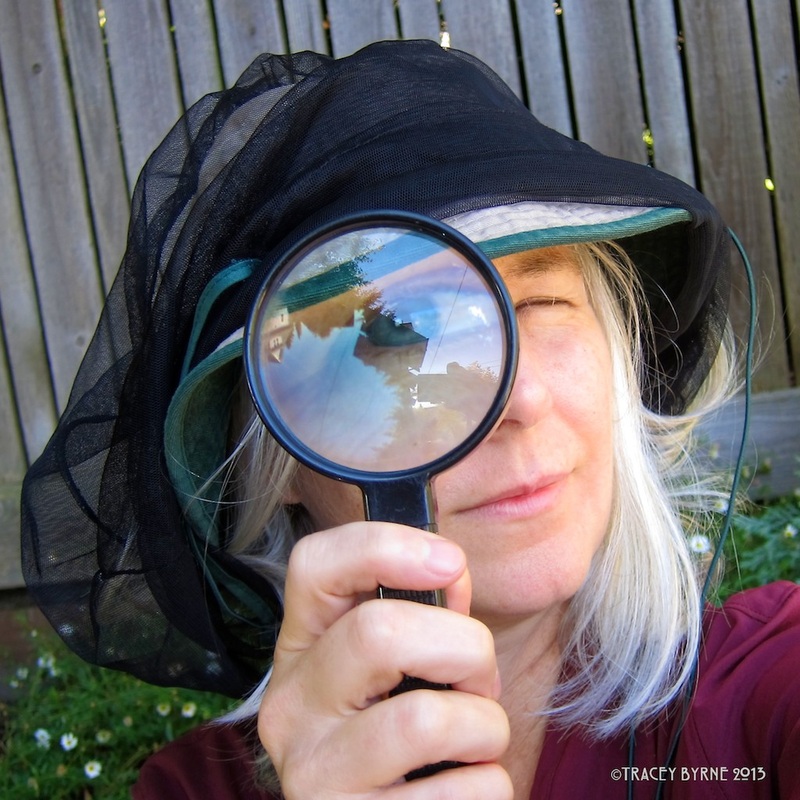| I am thrilled to share the exciting news that the Summer issue of Pacific Horticulture magazine will feature my article, Where Are the Butterflies? Creating a Safe Haven for Urban Lepidoptera. Be sure to pick up the summer issue at your favorite west coast bookstore! You can take a sneak peek here: Eight Essential Elements for a Butterfly & Pollinator Friendly Landscapes, which I wrote to accompany the article (and will be available online sometime mid-August). UPDATE: My article How exciting is that? Photos too! |
|
0 Comments
and, for those of you who want to know more right now...I have two movies for you. Enjoy~ Action Alert June 17, reposted from Beyond Pesticides: Protecting honey bees and wild pollinators from pesticides Since 2006, honey bees and other pollinators in the U.S. and throughout the world have experienced ongoing and rapid population declines. The continuation of this crisis threatens the stability of ecosystems, the economy, and our food supply, as one in three bites of food are dependent on pollinator services. In 2013, Beyond Pesticides joined with beekeepers and environmental allies in a lawsuit challenging EPA's approval of two neonicotinoid pesticides. These highly toxic, persistent and systemic chemicals have been widely implicated as leading factors in pollinator declines. For a primer on the pollinator crisis, see the lawsuit's Press Release. Also, read the 2013 Lawsuit, Appendix A: Clothianidin, and Appendix B: Thiamethoxam. Click the links below for more in-depth information: Resources and Educational Materials BEE Protective in Your Community Pollinator Alerts For the latest pollinator-related articles, visit Beyond Pesticides' Daily News Blog June 15-21 is National Pollinator Week, and in order to move action forward on the pollinator crisis, Beyond Pesticides and The Center for Food Safety launched the BEE Protective campaign, a national public education effort supporting local action aimed at protecting honey bees and other pollinators from pesticides and contaminated landscapes.
BEE Protective includes a variety of educational materials to help encourage municipalities, campuses, and individual homeowners to adopt policies and practices that protect bees and other pollinators from harmful pesticide applications and create pesticide-free refuges for these beneficial organisms. In addition to scientific and regulatory information, BEE Protective also includes a model community pollinator resolution and a pollinator protection pledge. Pollinators are a vital part of our environment and a barometer for healthy ecosystems. Let's all do our part to BEE Protective of these critical species. (Beyond Pesticides, 6/17/15)
Good Luck & Fair Winds! ©Martin Belan
The Invisible Highway on Vimeo Any guesses on which insect has made it as high as 19,000 feet (Mt Logan in Washington)? or who regularly travels at 14,000 ft? or how many bugs are stacked over your head on a summer day?
|
AuthorTracey Byrne~ Categories
All
Archives
June 2024
|
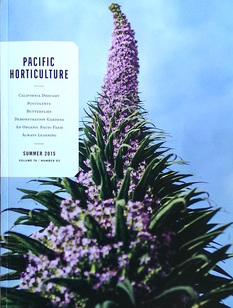
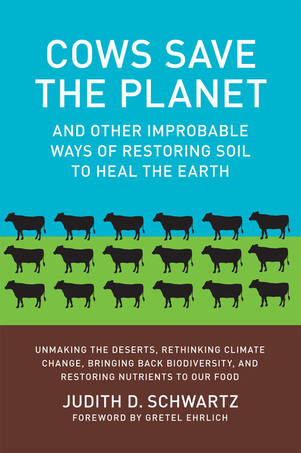
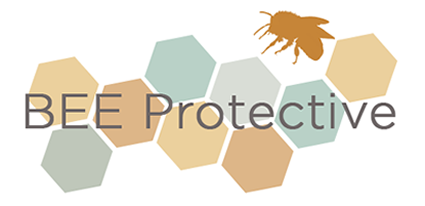


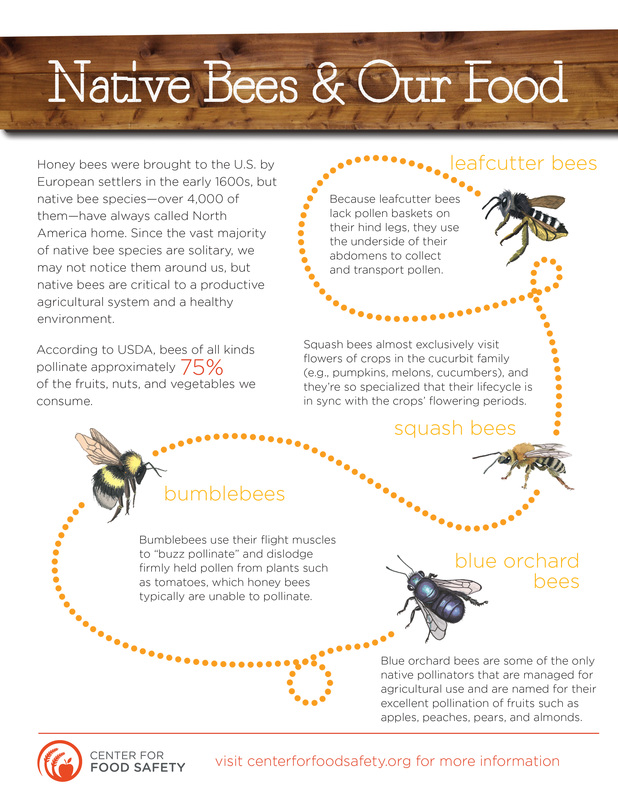
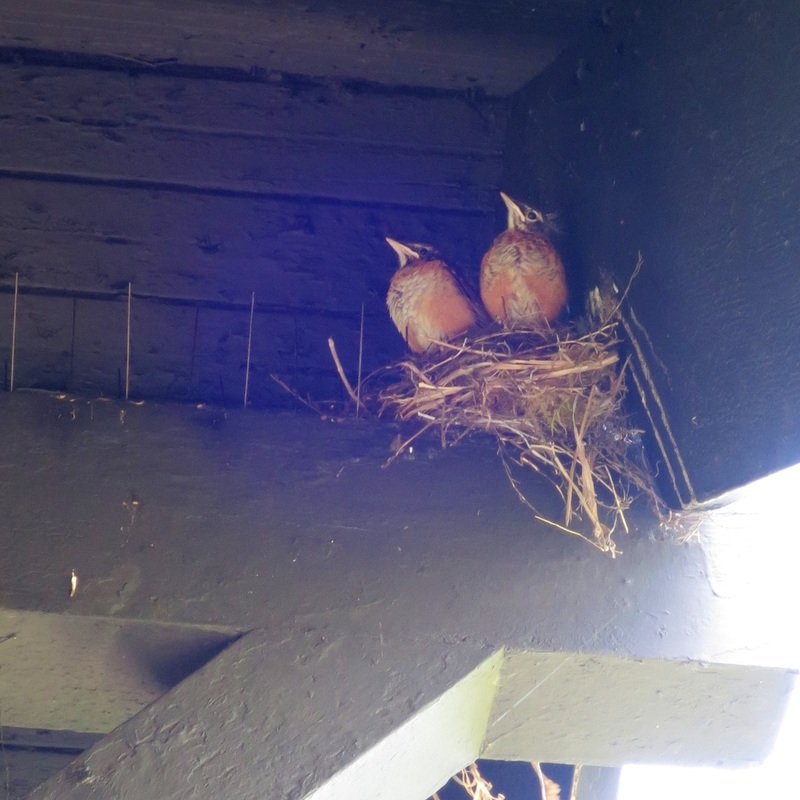
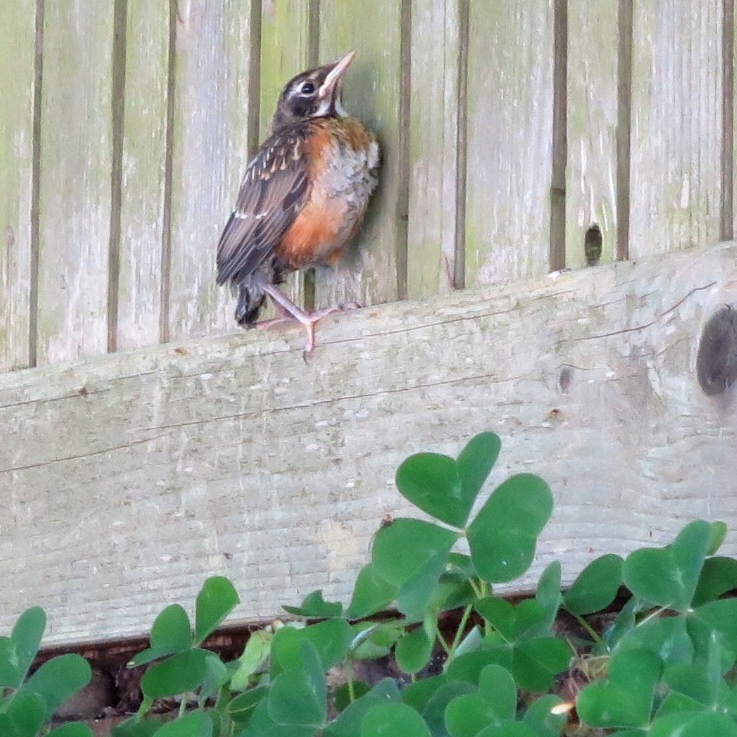
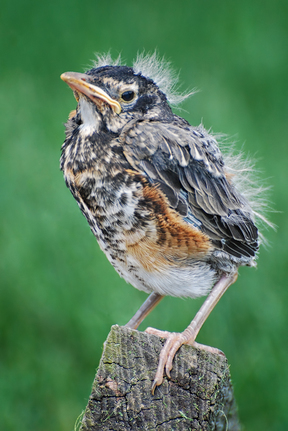
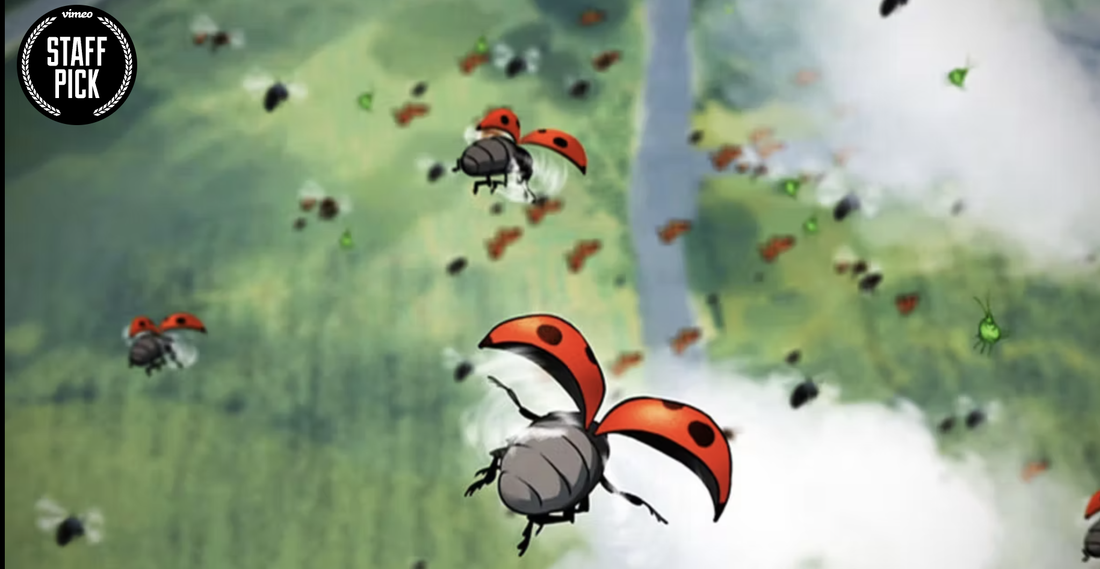
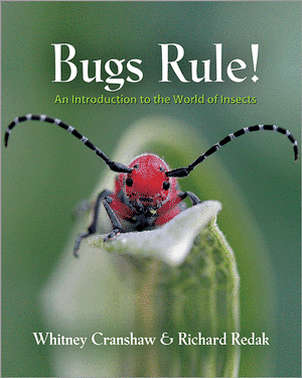
 RSS Feed
RSS Feed
